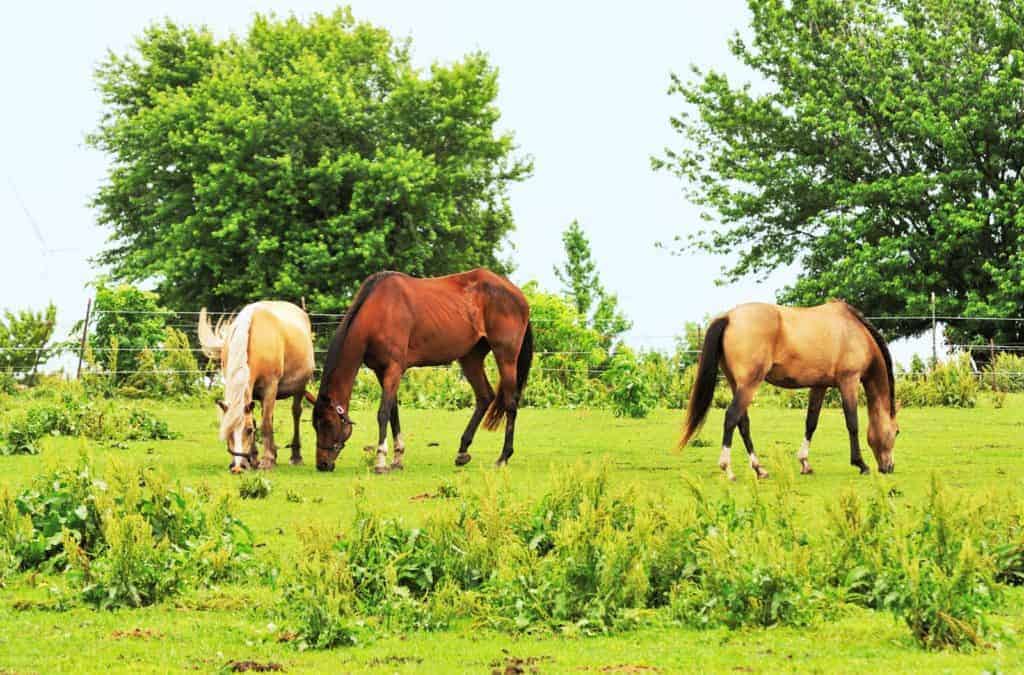
The Grass Guide: Large Crabgrass
Large crabgrass is very palatable to horses and has a high nutrient content, making it useful for grazing in the south.

Large crabgrass is very palatable to horses and has a high nutrient content, making it useful for grazing in the south.
Lecture topics include weed identification, pasture management; deworming, composting, vaccination programs, and more.

Focusing efforts on pasture management could have positive impacts on our horses, our wallets, and the environment.
A mystery illness suddenly struck down 14 horses across South Australia last year, eight of them fatally.

From toxins and molds to opossum droppings and animal carcasses, forage can contain a variety of harmful contaminants.
Michael Barrett, MS, PhD, is the Weed Science Society of America’s liaison to the EPA’s Office of Pesticide Programs.

Creeping indigo was once studied for its potential as a livestock feed, but can be deadly to horses.

Here’s how to help your pasture outcompete weeds so you can avoid using toxic herbicides.

Trying to beat those weeds? Here’s a homemade herbicide recipe for tank sprayers or spray bottles that’s low in chemicals and caustic substances.

Creeping Charlie, or ground ivy, is toxic, but generally horses must consume large quantities for a reaction to occur.

Fall is a good time to evaluate pastures’ quality and develop a weed management plan for the coming year.

Prevent these noxious and nuisance weeds from overtaking desirable grasses.

Rutgers pasture experts will discuss grazing research comparing continuous and rotational grazing systems and more.

The plant was introduced into Florida in 1925 as a potential forage source but was found to be toxic to horses.

Good stewardship and management practices will help ensure you get the most benefit from an herbicide application.

Drought-related toxicity in horses is rare but typically has serious consequences if it occurs.
Stay on top of the most recent Horse Health news with
"*" indicates required fields